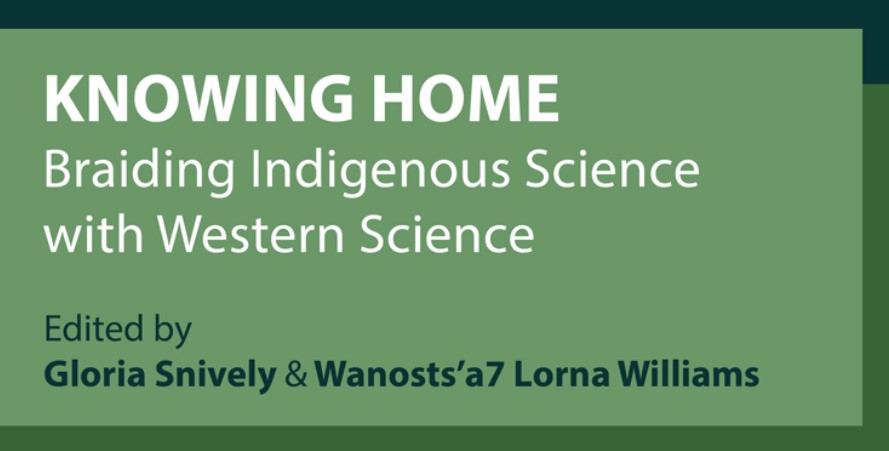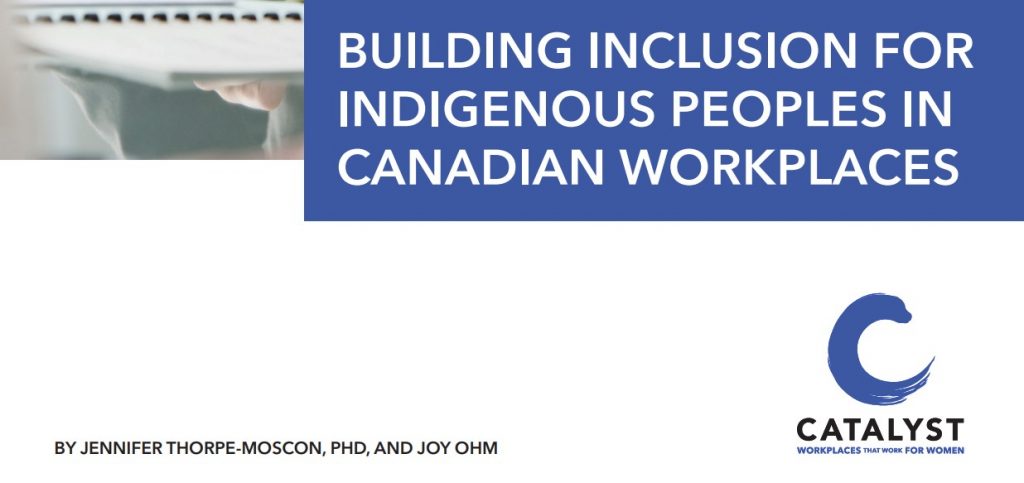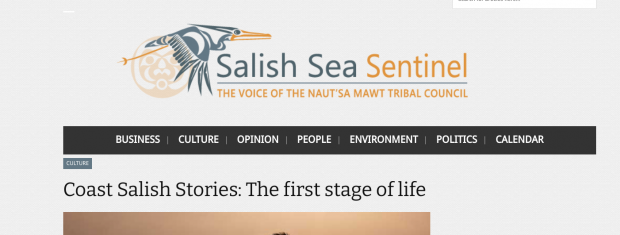Taking a closer look at the benefits of social media for Indigenous people lead me to this article: Social Media in Remote First Nation Communities which looks at the link between social networking sites and community resilience in Ontario. Their study surveyed 663 respondents from the Sioux Lookout region of northwestern Ontario with the goal of finding a deeper understanding of the way social media supports community resilience while preserving culture in some of the most remote First Nations communities in Canada.
What they found was resiliency in First Nations communities depends on access to social capital, sharing stories, and networking. It comes as no surprise that social media can foster and facilitate these things. By keeping communities in Northern Canada connected over long, cold winters, more active communication and information seeking activities are engaged in creating social capital. This bonding of people through the use of social media creates communities which builds social capital and in turn, builds economic capital.
Sharing stories aids community members in understanding their histories, plights, and culture. It also offers opportunities to imagine a positive future and maintain the continuity of their culture. Social media supports networking through the UI’s design and ability to allow for connections within and among community members. It also allows for Indigenous people to connect with other Indigenous people outside of their communities and geographies, while influencing the wider society.
These affordances then translate into a more resilient community that can communicate within and outside of their members while preserving their culture. These connections within their community support social gatherings such as land-based activities, eating traditional foods, and other cultural activities.




